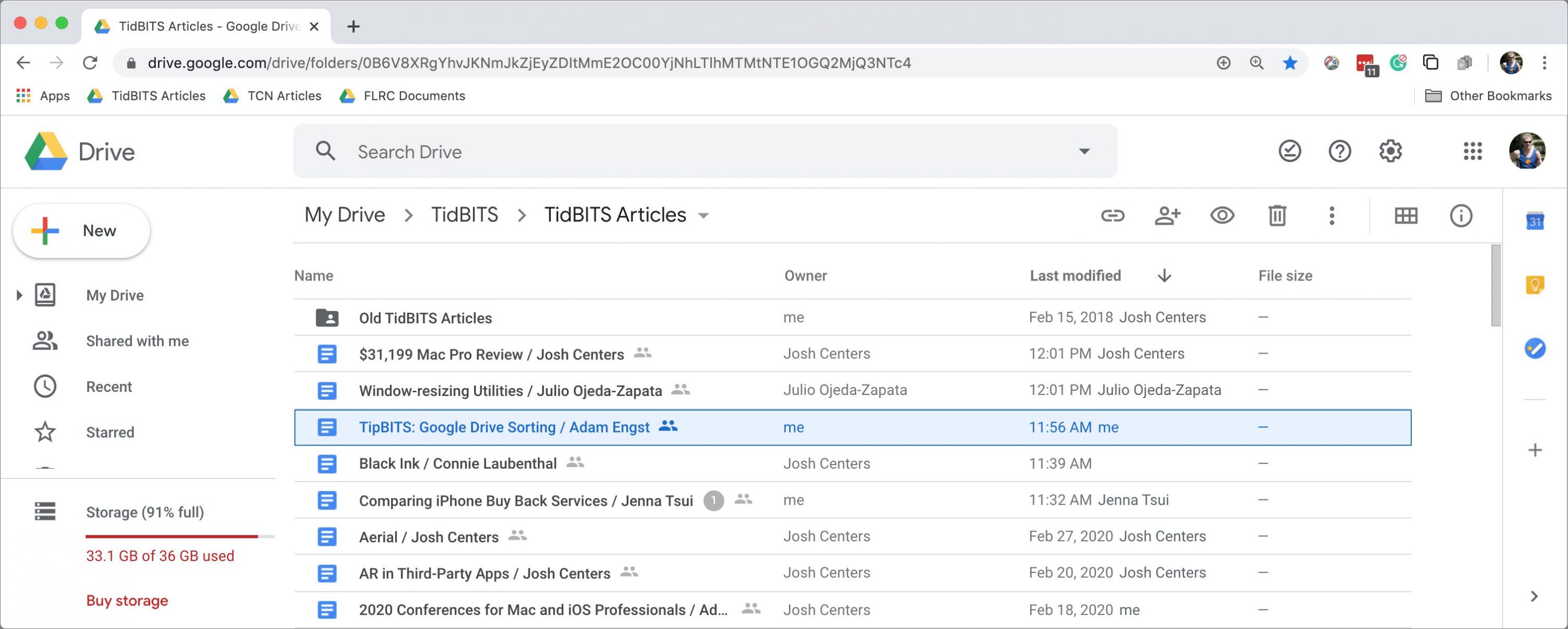
Ensure a robust, high-performing networkĪccenture reports found 41% of federal leaders cite insufficient bandwidth as a top obstacle to XR adoption. How can this brave new virtual world be realized? Let’s look at three key areas underpinning XR and how agencies can prepare for the future. Insight by MFGS, Inc.: Find out why value stream management is gaining steam as the framework for measuring value in DevSecOps environments. And, because of their highly sensitive use cases, they must be secure and meet compliance standards. However, the technologies enabling XR are only as good as the infrastructure they run on. Agencies will need high-performing networks capable of handling massive amounts of data. A recent study from Accenture indicated 78% of federal technology leaders say XR is very or extremely important for meeting agencies’ mission needs. Meanwhile, the Pentagon is using XR headsets to enhance situational awareness in theater and support information sharing and decision making.

Thanks to advancements in artificial intelligence, the internet of things, 5G, and more, augmented and virtual reality - commonly called “extended reality” (XR) - is transforming how agencies deliver services, train warfighters, conduct operations in the field, and operate remotely.įor example, the Department of Veteran Affairs is piloting the nation’s first extended reality network to treat veterans suffering from chronic pain.įor example, the Department of Veteran Affairs is piloting the nation’s first extended reality network to treat veterans suffering from chronic pain, anxiety and post-traumatic stress disorder using immersive therapy. A whole new world is coming to the federal government: a virtual world.


 0 kommentar(er)
0 kommentar(er)
